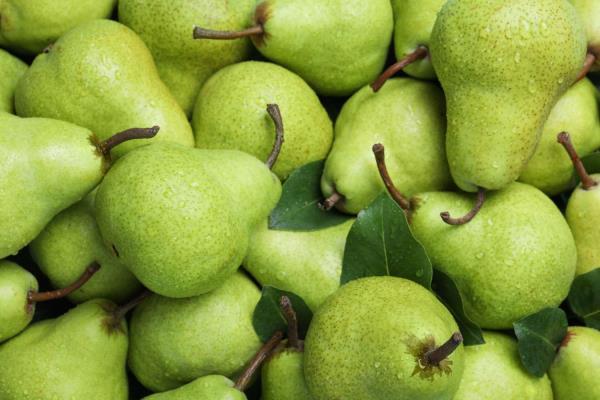Global pear production anticipated to increase in 2023/24
VU
The world's pear production for the upcoming season is poised to increase by 300,000 tons YOY, reaching 25.2 million, with substantial gains expected in China, offsetting weather-related losses in the European Union, according to a recent report by the Foreign Agriculture Service of the United States Department of Agriculture (FAS-USDA). The forecast also predicts a boost in exports by 89,000 tons to 1.8 million, driven by improved shipments from China and South Africa.
China, a major player in pear production, is expected to rise by 600,000 tons YOY to 19.6 million, bouncing back from last year's frost-damaged crop. Favorable growing conditions across major production provinces will likely enhance output, compensating for losses due to declining acreage. Although planted area is gradually decreasing in compliance with government regulations, areas permitted for pear cultivation see growers investing in new technologies and varieties, resulting in improved volume and quality. Exports from China are projected to surge by over 20 percent to 500,000 tons, fueled by higher domestic volumes and increased shipments to top markets, notably Indonesia and Vietnam. Imports are forecasted to rise slightly to 20,000 tons, influenced by greater output from Southern Hemisphere suppliers.
In the European Union, however, pear production is anticipated to decline by 249,000 tons YOY to 1.8 million, mirroring the 2021/22 output and marking the smallest crop since 2005/06. Severe losses in top producer Italy, impacted by multiple damaging weather events reducing the crop by over 60 percent, contribute to this decrease. Lower supplies are expected to affect exports, decreasing by 21,000 tons to 325,000, while demand rises, leading to a 30,000-ton increase in imports to 170,000.
The United States expects stable pear production at 583,000 tons. Exports are projected to grow by 10,000 tons YOY to 110,000, benefiting from steady supplies and improved shipments to top markets such as Mexico and Canada. Imports are set to rebound to their highest level since 2014/15, increasing by 9,000 tons to 80,000, fueled by rising shipments from Argentina, China, and, to a lesser extent, South Korea.
Argentina's pear production is expected to rise for the second consecutive year, increasing by 23,000 tons YOY to 625,000, driven by favorable weather. The industry is consolidating as growers navigate rising production costs, urbanization impacting planted areas, and an aging labor force leading to a shortage of skilled workers. Exports are projected to slightly increase to 320,000 tons as greater supplies become available, supporting shipments to Northern Hemisphere markets.
South Africa anticipates a modest recovery in pear production, increasing by 10,000 tons YOY to 500,000, following last year's hail damage. Acreage continues to rise gradually, but concerns about profitability due to input costs and shipping rates, coupled with uncertainties surrounding the pear canning industry, make growers cautious about new plantings. Higher supplies and increased EU demand are expected to boost exports by 35,000 tons to 280,000.
In contrast, Chile's pear production is projected to continue its downward trend, contracting by 10,000 tons to 202,000, driven by declining acreage. Exports are expected to slip by another 5,000 tons to 105,000, reflecting reduced supplies.
source: apps.fas.usda.gov





